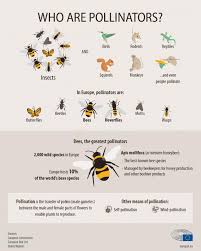Pollinators are vital for Kenya’s savannahs. Pollinators in the savannah, such as bees and butterflies, help plants reproduce, maintain biodiversity, and provide food for countless species. Their work supports not just flora, but the herbivores and predators that depend on healthy ecosystems.
Bees: Efficient Pollinators Sustaining Life
Bees are critical pollinators in the savannah. By moving pollen from flower to flower, they ensure plants produce seeds and fruits. Many grasses, shrubs, and trees that sustain herbivores like giraffes, zebras, and antelopes rely on bees. Healthy bee populations are therefore key to keeping the savannah ecosystem balanced.
Butterflies: Pollinators and Environmental Indicators
Butterflies also play an essential role. As they feed on nectar, they spread pollen across diverse plants. Butterfly abundance reflects habitat health, signaling that native plants and clean environments thrive. Protecting butterflies ensures continued plant reproduction and ecosystem resilience.
Pollinators’ Role in the Food Chain
Pollinators in the savannah indirectly sustain larger wildlife. Plants pollinated by bees and butterflies feed herbivores, which provide prey for predators like lions and cheetahs. Their presence maintains ecological stability and supports biodiversity at every level.
Conservation Efforts for Pollinators
Communities and conservation groups work to protect pollinator habitats, plant native species, and reduce pesticide use. Educating locals about the importance of pollinators fosters sustainable practices, helping wildlife and people coexist harmoniously.
Conclusion
By safeguarding pollinators in the savannah, Kenya preserves its wildlife, ecosystems, and natural heritage. Bees and butterflies are small but indispensable agents of ecological balance, ensuring the savannah continues to thrive.


